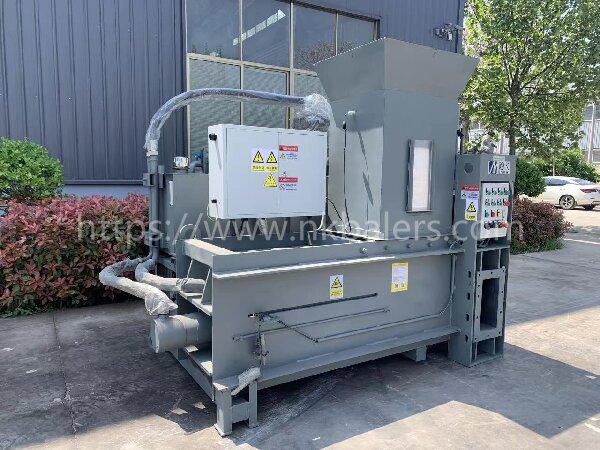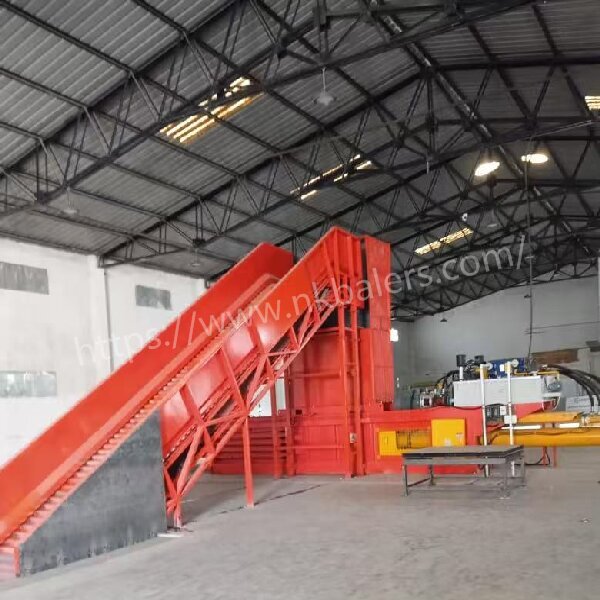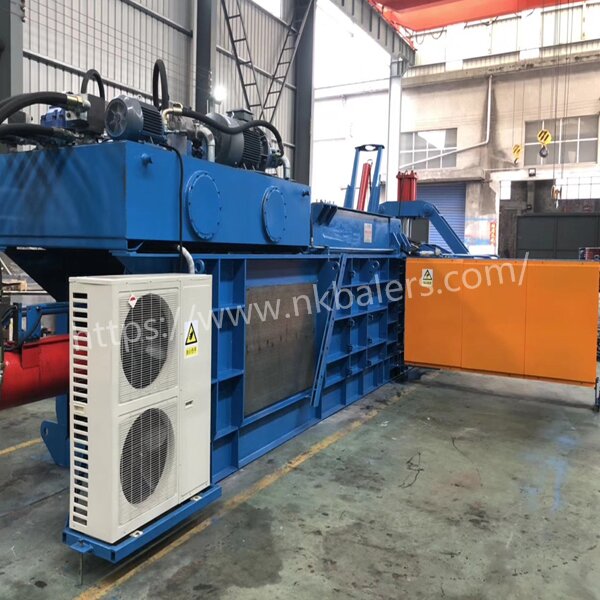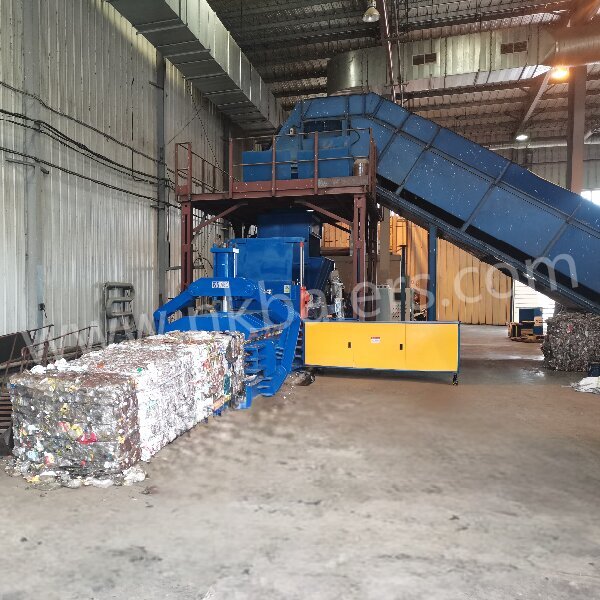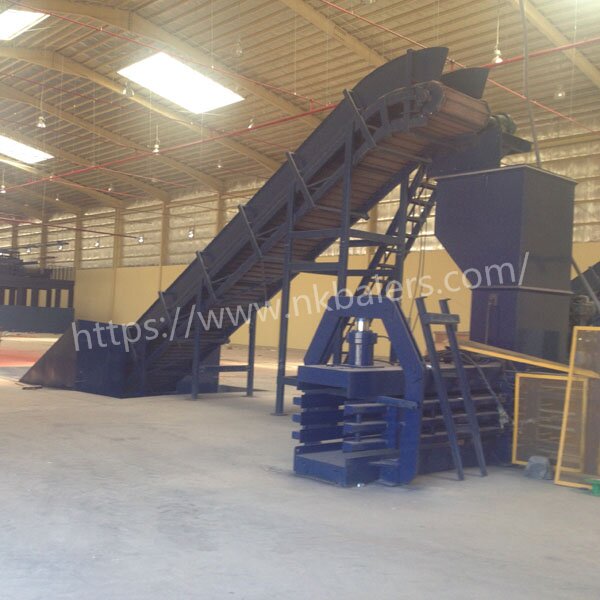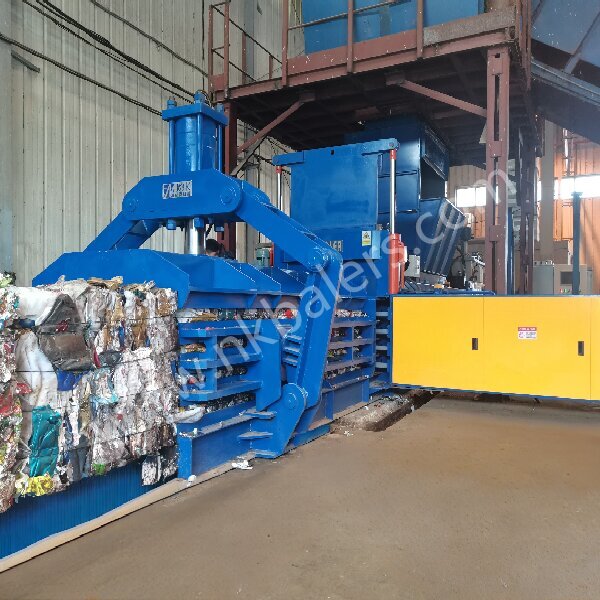Owning a Straw Baler is a one-time investment, but ensuring it continues to generate value for years, even decades, depends on consistent, proper routine care and maintenance. Many people view maintenance as a burden, but in reality, every careful maintenance is an insurance policy for a smooth and efficient harvest season. So, what should an effective maintenance routine include? First and foremost, cleaning. After each operation, no matter how tiring it may be, take the time to thoroughly clean the machine. Leftover grass clippings, dust, and grease not only accelerate rust on metal parts but can also clog critical moving parts like the knotter and bearing seats, posing a fire hazard when dried.Use a high-pressure air gun or brush to remove all residue from the inside and outside. Secondly, “lubrication is like blood.” Strictly follow the instructions in the operator’s manual and lubricate all grease points regularly and in a measured manner. This includes all moving parts, including the pickup bearings, chain, universal joints, knotter camshaft, and piston slides. Use the manufacturer’s recommended grease or oil. When operating in harsh environments, lubrication intervals may even need to be shortened. Adequate lubrication can reduce wear by up to 80%. Third, “Inspect and Tighten.”
Before starting work each day, take ten minutes to walk around the equipment and check all bolts and nuts for looseness, especially areas subject to high stress, such as the compression chamber and frame. Check belt tension for proper tension and for cracks. Check the remaining amount of wire rope or mesh to avoid depletion in the field.
Fourth, “Regularly Replace Wear Parts.” Parts such as the knotter’s needles, claws, and friction plates, the round baler’s forming belt, and the picker’s spring tines are all wear parts. Don’t wait until they are completely worn out before replacing them. Preventative replacement should be performed based on hours of use or workload. This can avoid minor losses and lead to more serious secondary damage.
Finally, before long-term storage, perform a thorough “sealing maintenance”: thoroughly clean, apply rust-preventive oil to all exposed metal parts, and store the machine in a dry, well-ventilated shed. Remember, treat your Straw Baler like your loyal sheepdog. Give it the right amount of care and it will reward you with reliability and efficiency during the busy harvest season.
Nick Baler’s bagging machines offer a high-efficiency solution for compressing, bagging, and sealing lightweight, loose materials, including agricultural waste, sawdust, wood shavings, textiles, fibers, wipers, and biomass waste. By converting loose materials into compact, easy-to-handle bags, these machines ensure efficient storage, improved cleanliness, and minimized material loss.
Whether you’re in the livestock bedding industry, textile recycling, agricultural processing, or biomass fuel production, Nick Baler’s advanced bagging balers help streamline operations by reducing waste volume and improving material handling. With over 20 years of experience, we deliver customized solutions that enhance efficiency, durability, and automation in material packaging.
Why Choose Nick Baler’s Bagging Machines?
Perfect for Baling Lightweight, Loose Materials – Effectively compress and bag sawdust, straw, textile waste, and more.
Improves Storage Efficiency & Cleanliness – Reduces material bulk and ensures dust-free handling.
Prevents Contamination & Spoilage – Sealed bales keep materials clean, dry, and protected from environmental damage.
Reliable for Various Industries – Essential for textile recycling, sawdust processing, agricultural residue management, and industrial waste handling.
Customizable Bale Sizes & Compression Settings – Tailor the machine to specific material densities and packaging requirements.
https://www.nkbaler.com
Email:Sales@nkbaler.com
WhatsApp:+86 15021631102
